Like its brothers in the Vercors, Chartreuse and Bornes Aravis, the Massif des Bauges is a limestone massif that belongs to the so-called subalpine ranges. Geographers consider it to be part of the Pre-Alps (a term that has a more restrictive definition in geography).
The importance of geology
Little-known, fascinating or repulsive depending on your first contact with it, geology determines the potential and uses of the land. The use of those geological, rock and water resources is omnipresent in our lives. These uses have evolved over time, and the phenomenal development of our transport capacity has made us lose sight of this essential link to the Earth: much of what we consume and use is often the result of extracting mineral matter. We invite you to rekindle this link with the Geopark.
The geology of the massif for everyone
The limestone is marine in origin, dating back over 150 million years. The relief is Alpine, resulting from the deformation of this sedimentary cover that began just over 20 million years ago. The last ice ages finished by shaping its characteristic landscapes, constrained by the nature and folding of the sedimentary layers. A massif built in 3 stages:
The marine era
Long before the uplift of the Alpine chain, the region lay on the margin of an ocean that has now disappeared: the Alpine Ocean. Variations in sea level led to alternating deposits of limestone and marl, rich in clay particles derived from animal and mineral debris. These deposits accumulated over several hundred metres. As a precursor to the tectonic upheavals to come, the local emersion of the area and the deposition of sandier sediments completed the sedimentary succession of the massif.
Alpin collision
The closing of the Alpine Ocean, an avatar of the movement of tectonic plates on the surface of the globe, continued with the collision of two continental masses. In the Bauges Massif, the sedimentary cover was late in being affected by the front of the Alps as they formed. It folded and scaled, carrying the ancient sediments, now rock, to altitudes of over 2,000 metres.
Erosion and glaciars
Coming soon
